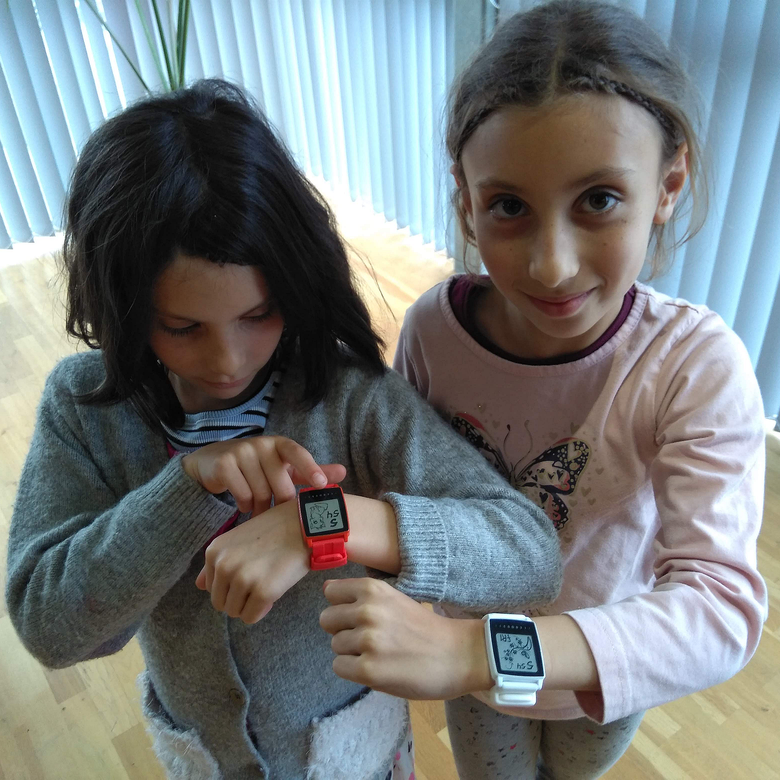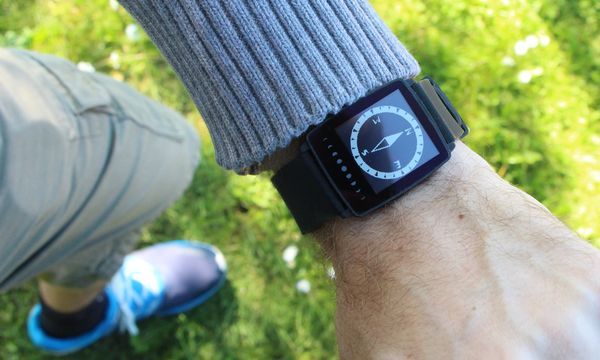Lune is a small company based in Auckland, New Zealand and specialized in embedded hardware and software development for wearable devices.
With over 15+ years of experience, the team at Lune wanted to develop a smart watch that has extremely long battery life in a small, comfortable form.
Achieving this goal required several years of research in regard to components, available technologies and manufacturing techniques needed to achieve good performance with ultra-low power usage in a small footprint.
Further research and advances were also needed in software and real-time operating system design to achieve a responsive user interface with a very small power budget.

As a service provider working on wearable and IoT development projects, developing the Lune Smart Watch allowed us to vasty expand our knowledge and expertise in developing cutting-edge technologies and products, also establish new working relationships with key manufacturers and suppliers.
Stephen Fellner
Lead CTO, Lune Digital
Approach
Firmware Development
Designing the Hardware
Developing a Mobile Application
Enclosure Design
Results
100+ Days
- By average use
25%
-
Decrease in width compared to other smart watches on the market
23%
-
Less thickness than the other smart watches on the market
Smart Watch Conclusion
Transforming an idea into a high quality product requires a creative team, good working relationships with key manufacturers and suppliers, good problem solving skills and analytical thinking.
A focus on user experience is also important throughout projects like this. We sought feedback from users throughout the project to improve user satisfaction when using the watch.
We learned many lessons during this project, both in regards to technical approaches, solutions, and the importance of incorporating feedback from potential customers early in the development process.
Additionally, our commitment to sustainability played a crucial role. We prioritized eco-friendly materials and manufacturing processes, aligning with our values and meeting the growing demand for environmentally conscious products. This project underscores the significance of not only technological innovation but also ethical and user-centric practices in shaping the future of wearable technology.
